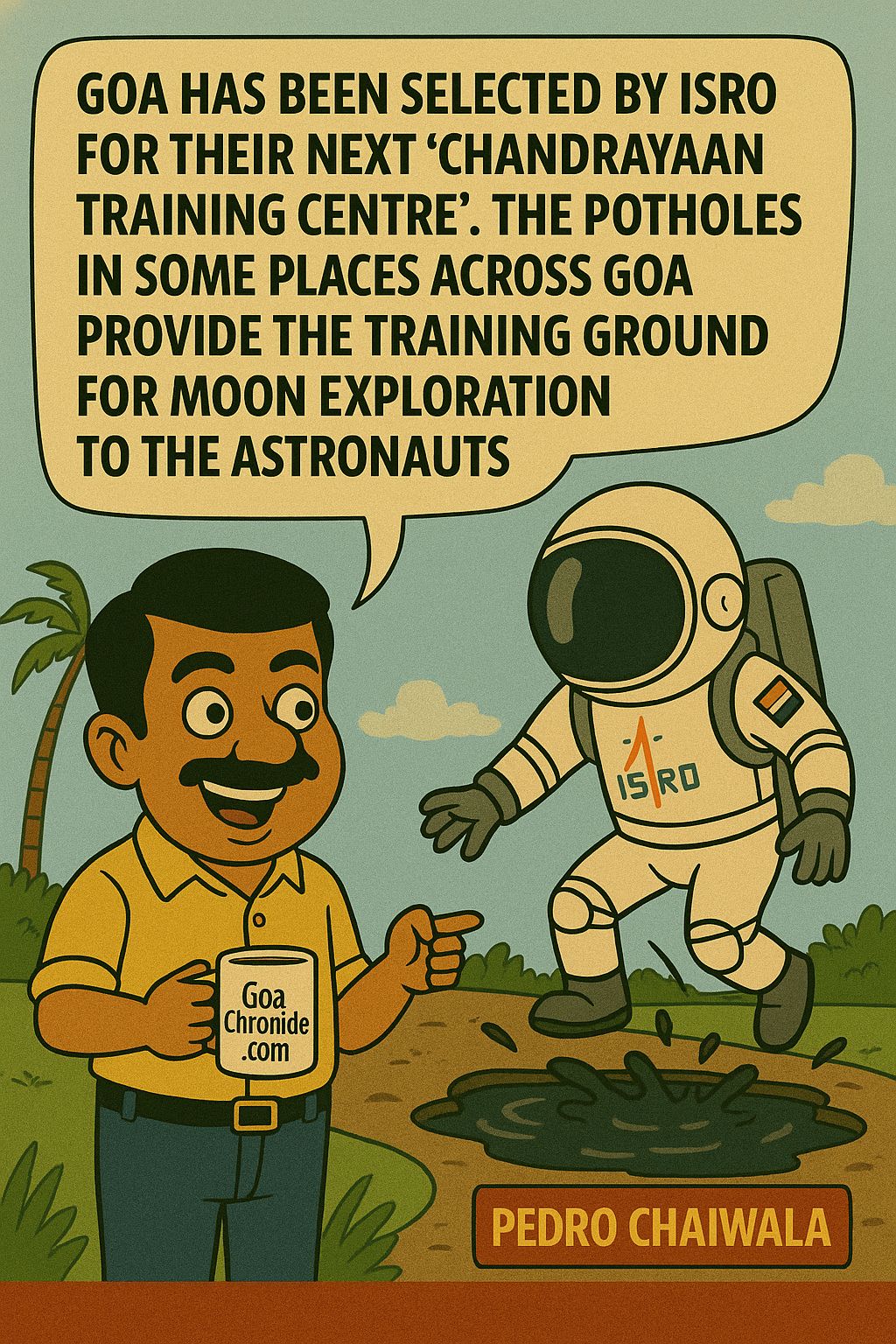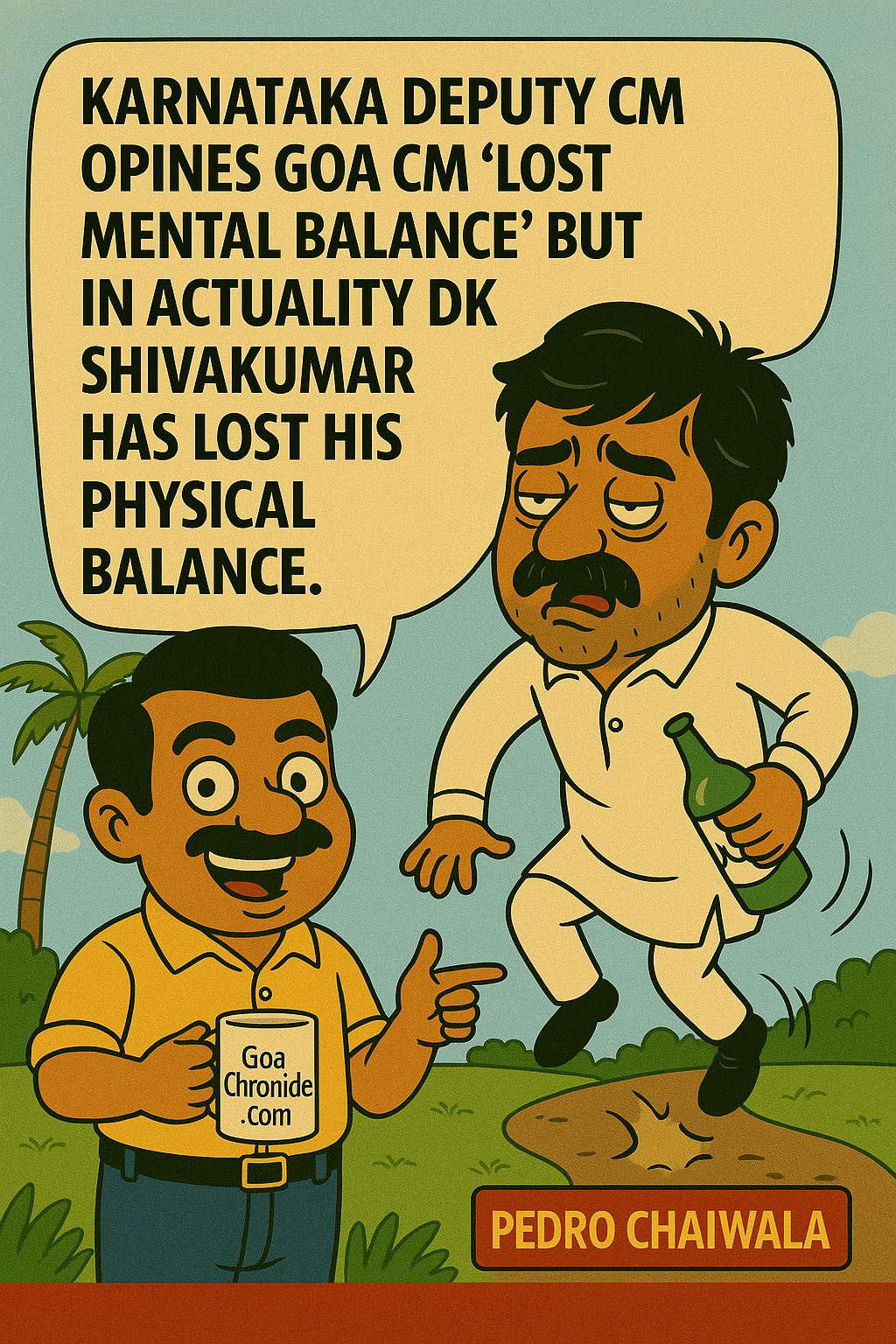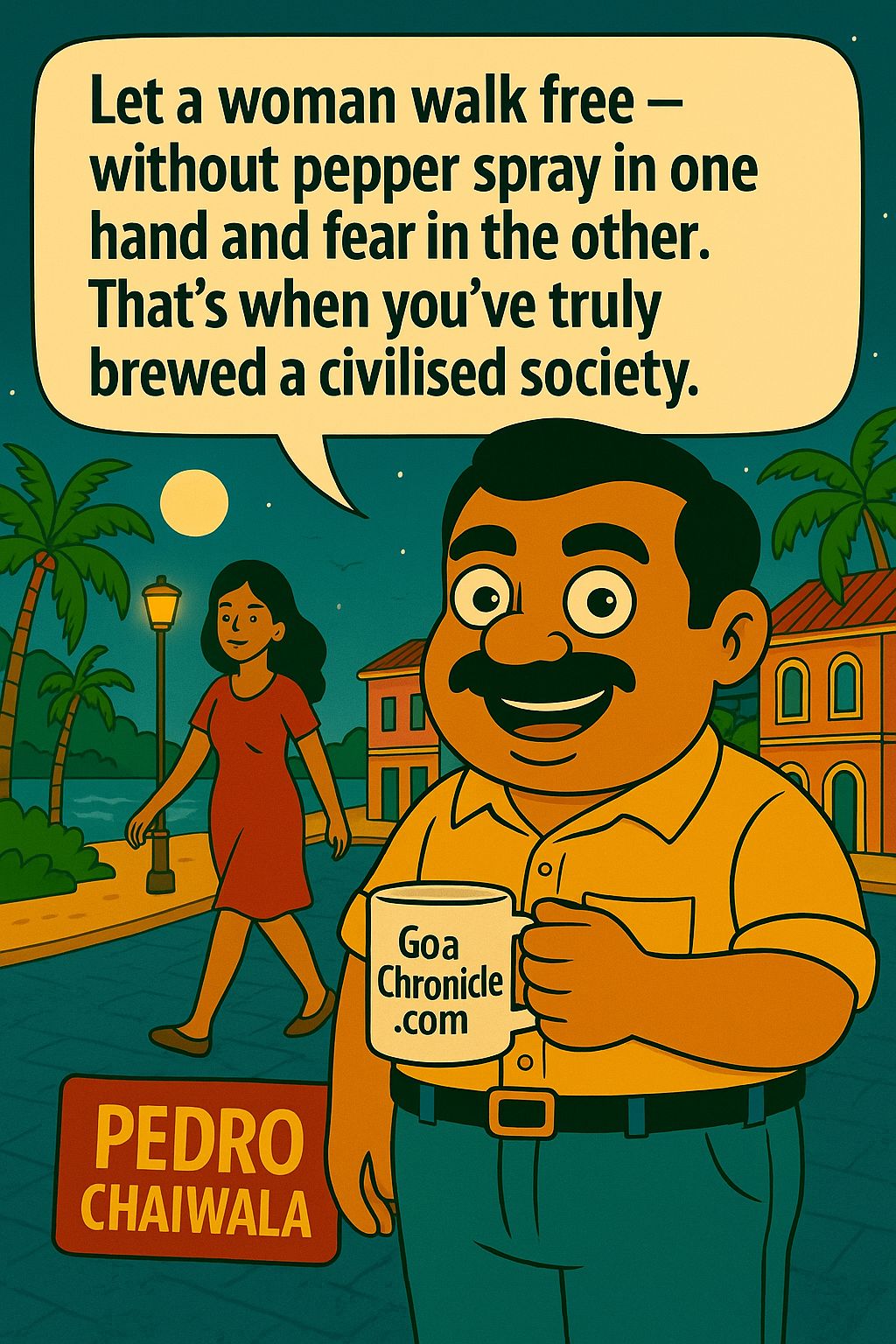India’s tourism sector has witnessed remarkable growth over recent years, attracting a diverse range of travellers and positioning the country as a global destination. At the heart of this expansion is Goa—a state known for its unique blend of culture, history, and natural beauty. Goa is more than just a popular vacation spot; it is emblematic of India’s growing appeal in the global tourism landscape. However, in recent times, attempts to undermine Goa’s tourism potential have raised concerns that some foreign tourism-driven economies may be actively working to redirect tourists away from India. Such targeting of Goa and its tourism appeal could have broader implications, not only for the state but for India’s entire tourism industry.
Goa has long held a special place in India’s tourism economy. Known for its pristine beaches, vibrant nightlife, rich colonial heritage, and lush landscapes, it attracts over 8 million visitors annually. With a unique mix of Indian and Portuguese cultural influences, Goa appeals to both domestic and international tourists. The state has successfully marketed itself as a versatile destination that offers something for everyone—from adventure and wellness tourism to heritage and eco-tourism.
In recent years, Goa has seen a steady increase in both domestic and foreign visitors. The surge has helped contribute significantly to India’s tourism revenue, creating jobs and driving development. According to government statistics, the tourism industry directly and indirectly supports nearly one-third of the state’s economy, making it a vital component of Goa’s financial well-being. Consequently, any efforts to sabotage Goa’s appeal can be seen as an attempt to undermine India’s rising influence in the global tourism market.
In a highly competitive global tourism landscape, emerging and established tourist destinations constantly vie for visitors. Nations heavily reliant on tourism revenues—such as Thailand, Indonesia, Sri Lanka and various Mediterranean countries—aggressively promote their offerings, sometimes at the expense of other destinations. Marketing and PR strategies increasingly play into regional rivalries, with some nations attempting to draw tourists away from specific destinations by highlighting potential drawbacks or emphasising their own comparative advantages.
For instance, after the global pandemic, several popular destinations started campaigns that highlighted their ‘safety-first’ protocols, infrastructure, or lower costs, making subtle comparisons to countries in Asia and beyond. This has not only impacted the flow of tourists to certain destinations but also created a narrative that smaller tourism destinations with unique ecosystems like Goa are not as competitive or viable.
Efforts to deter tourism in Goa can come in various forms. Foreign media outlets, for example, have at times sensationalised certain social or environmental issues in Goa, painting a distorted picture that may deter potential tourists. While Goa, like any other destination, faces its challenges—including managing environmental sustainability and maintaining safety standards—these issues are often amplified out of proportion. Negative campaigns can overshadow the state’s ongoing efforts to improve its tourism offerings and dissuade travellers who might otherwise choose Goa over other popular destinations.
Furthermore, social media, travel blogs, and influencer networks have sometimes become channels for narratives that subtly discourage tourism to Goa, often at the hands of campaigns funded by competitive tourism boards. Comparisons that emphasise Goa’s environmental limitations, logistical challenges, or economic fluctuations serve to redirect travellers to competing destinations. This form of ‘soft sabotage’ attempts to deflect interest from Goa to other countries where tourism is a primary economic driver.
Any negative perception created around Goa directly impacts India’s overall tourism image. Goa serves as a gateway destination for India; it is often the first place that international tourists think of when considering travel to India. As a result, discouraging travel to Goa has a ripple effect on India’s other tourism destinations, potentially deterring tourists from exploring the country’s broader cultural, historical, and natural offerings. Given Goa’s role as a symbol of India’s tourism sector, attempts to diminish its appeal can undermine India’s reputation as a welcoming and diverse destination.
The tourism industry in India employs millions and generates substantial foreign exchange revenue. By affecting Goa’s tourism flow, competitive nations are not just impacting the state itself but are also affecting the livelihoods of people connected to India’s broader tourism ecosystem. Goa acts as a launchpad for visitors who then explore places like Rajasthan, Kerala, Himachal Pradesh, and the Andaman and Nicobar Islands. As such, an attack on Goa’s tourism potential is effectively an attack on the entire tourism ecosystem in India.
India must proactively protect and promote Goa’s tourism appeal to counter these competitive tactics. Strengthening infrastructure, improving sustainability initiatives, and enhancing the visitor experience in Goa are essential steps. Tourism bodies in India can also adopt strategic branding campaigns that emphasise Goa’s unique cultural heritage, biodiversity, and hospitality, countering negative narratives with positive, fact-based messaging. This would involve collaboration between local government bodies, private tourism enterprises, and national tourism authorities.
Moreover, digital platforms and social media offer India an opportunity to set the record straight and share authentic experiences that emphasise Goa’s safety, beauty, and diversity. Influencers, travel bloggers, and even citizen-led campaigns can help portray an accurate picture of Goa’s offerings, countering any misleading narratives spread by competitors.
The targeted undermining of Goa’s tourism potential, whether through exaggerated media coverage or indirect comparisons, is more than just a challenge for Goa; it’s an attack on India’s entire tourism sector. Goa is not just a tourist destination but a symbol of India’s aspirations to become a global tourism leader. Protecting and promoting Goa’s appeal, therefore, is essential for India to realise its full tourism potential. By addressing challenges and emphasising Goa’s unmatched beauty and cultural diversity, India can ensure that Goa continues to captivate travellers and remain an integral part of its tourism success story.































